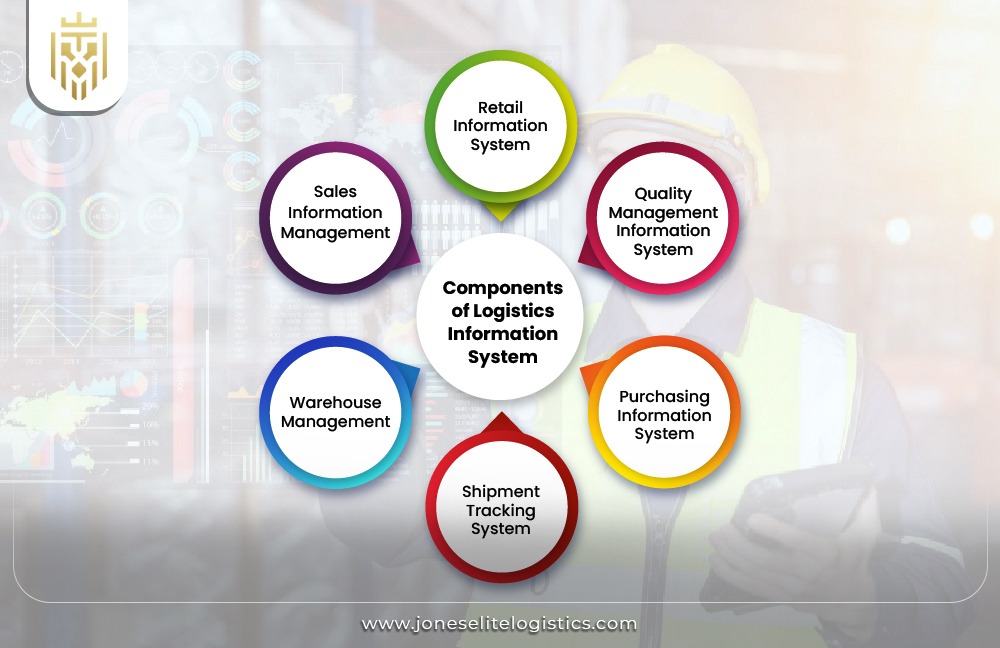What is a Logistics Information System?
A Logistics Information System (LIS) functions as a digital platform which gathers, analyses, and distributes supply chain data to improve logistics operations. The system helps with tracking activities while enabling better decision-making and optimising resource distribution which leads to improved logistics efficiency. Companies that intend to boost operational performance while improving supply chain interconnection succeed with a deeper understanding of logistics information system and implementing them appropriately.
Why Logistics Information System is Important?
Logistics Information System functions as a vital operational optimization tool by providing management information alongside real-time data and better decision capabilities. The system delivers cost savings while boosting efficiency and uses coordinated logistics as a supply chain strength for improved performance. Businesses using Logistics Information System deliver faster services while increasing customer satisfaction and operational performance.
Role of Logistics Information System:
The main purpose of logistics information systems resides in supporting efficient logistics management by managing supply chain data collection and analysis and processing. The system enables businesses to monitor their shipments while managing inventory and enforcing compliance regulations that leads to better logistics efficiency. LIS combines management information to improve business customer service and resource efficiency which enables better data-based logistics management decisions.
Components of Logistics Information System:
The components of a logistics information system include warehouse management, sales information management, retail information system, quality management information system, purchasing information system, and shipment tracking system.

Warehouse Management:
Through its warehouse management module a logistics information system enables businesses to track inventory levels while optimising delivery processes while sustaining proper storage conditions. Warehouses utilize their available space more efficiently while goods remain trackable in real-time through this system. The component plays an essential role because it improves logistic efficiency while stopping stock mismanagement.
Sales Information Management:
A LIS’s sales information management component tracks sales data for business analytics which includes pricing strategies and order fulfilment management. The system enhances management information by enabling real-time sales analysing and improved inventory control and optimised supply chain processes. The component ensures smooth customer service operations and efficient maintenance of logistics processes.
Retail Information System:
The retail information system operating within logistics information systems enables complete inventory management and order handling alongside supplier relationship management. The system consolidates several retail capabilities to track inventory and modify prices and analyse supply chain activities. The system utilises management information to improve operational performance and achieve seamless order delivery.
Quality Management Information System:
As part of a logistics information system, the quality management information system (QMIS) monitors product quality at every stage in the supply chain. The system monitors inspection reports together with supplier performance and quality control activities to guarantee compliance. The system component enables organizations to achieve high-quality standards and reduce defects through its management information systems.
Purchasing Information System:
A purchasing information system enhances procurement management through supplier tracking and purchase order and invoice verification capabilities. The system delivers live management information that helps companies reach optimal inventory amounts while reducing procurement expenses. The component delivers efficient supply chain planning which strengthens the entire supply chain structure.
Shipment Tracking System:
A shipment tracking system within logistics information systems presents real-time information about orders together with delivery carrier information and delivery status updates. The system enables complete supply chain visibility through precise tracking information for both customers and businesses. This part maximises delivery efficiency through its management information integration system to boost logistical performance.
Benefits of Logistics Information System:
The benefits of logistics information include faster order processing, supply chain integration, route optimization, and enhanced supply chain visibility, leading to improved efficiency, reduced costs, better customer service, and management information insights for seamless logistics operations.

Faster Order Processing:
The rapid processing of orders becomes possible with a logistics information system because it utilizes real-time inventory tracking alongside automated workflows and shipment monitoring. The system helps to deliver orders faster and minimizes delays while improving the effectiveness of entire supply chain operations. Businesses can attain better customer satisfaction through optimized logistics operations due to this advantage.
Supply Chain Integration:
A logistics information system improves route optimization capabilities with its real-time tracking capabilities and automatic route planning and efficient fleet administration systems. The system reduces transportation costs together with fuel consumption while shortening delivery times. Businesses that use management information produce better productivity while decreasing their unnecessary logistics costs.
Route Optimization:
A Logistics Information System with route optimization capabilities can significantly benefit a business by enabling more efficient delivery routes, leading to reduced costs, improved customer satisfaction, increased driver productivity, and better overall operational flexibility through features like real-time routing, live order tracking, and minimized empty miles; essentially allowing for faster deliveries with less fuel consumption and vehicle wear and tear.
Supply Chain Visibility:
Real-time data regarding inventory levels together with shipment status allows a logistics information system to enhance supply chain visibility. The system enables businesses to make better decisions and diminish operational perils and maximize their cost-effectiveness. Valid management information enables businesses to track operations through their complete supply chain thus achieving better operational control.
FAQs
1.What is a Logistics Information System?
A Logistics Information System (LIS) functions as a digital platform which gathers, analyses, and distributes supply chain data to improve logistics operations. The system helps with tracking activities while enabling better decision-making and optimising resource distribution which leads to improved logistics efficiency.
2.What are the Components of a Logistics Information System?
The components of a logistics information system include warehouse management, sales information management, retail information system, quality management information system, purchasing information system, and shipment tracking system
3.What are the benefits of Logistics Information?
The benefits of logistics information include faster order processing, supply chain integration, route optimization, and enhanced supply chain visibility, leading to improved efficiency, reduced costs, better customer service, and management information insights for seamless logistics operations.
4.What is the Role of Logistics Information System?
The main purpose of logistics information systems resides in supporting efficient logistics management by managing supply chain data collection and analysis and processing. The system enables businesses to monitor their shipments while managing inventory and enforcing compliance regulations that leads to better logistics efficiency.








